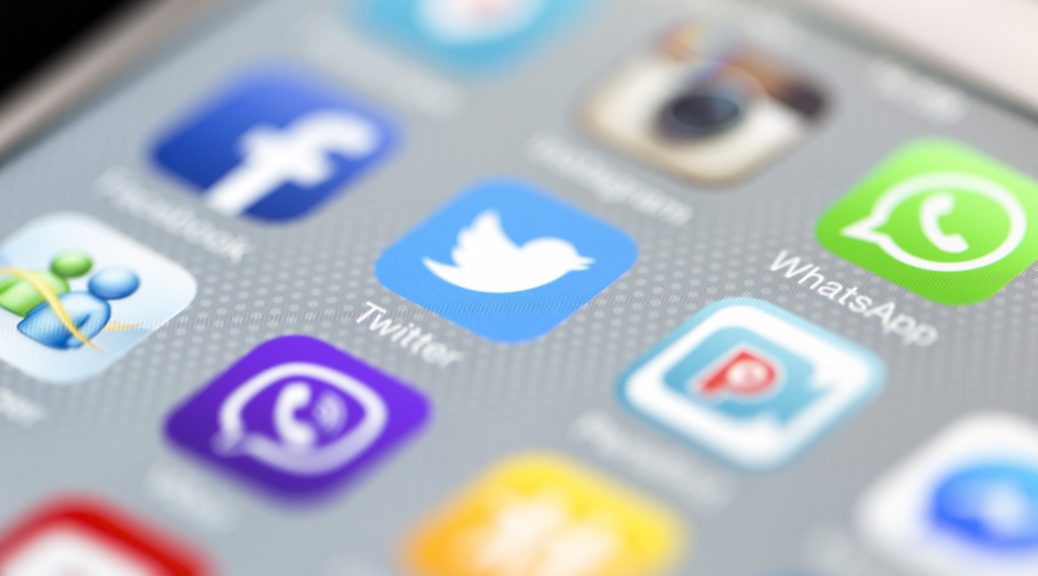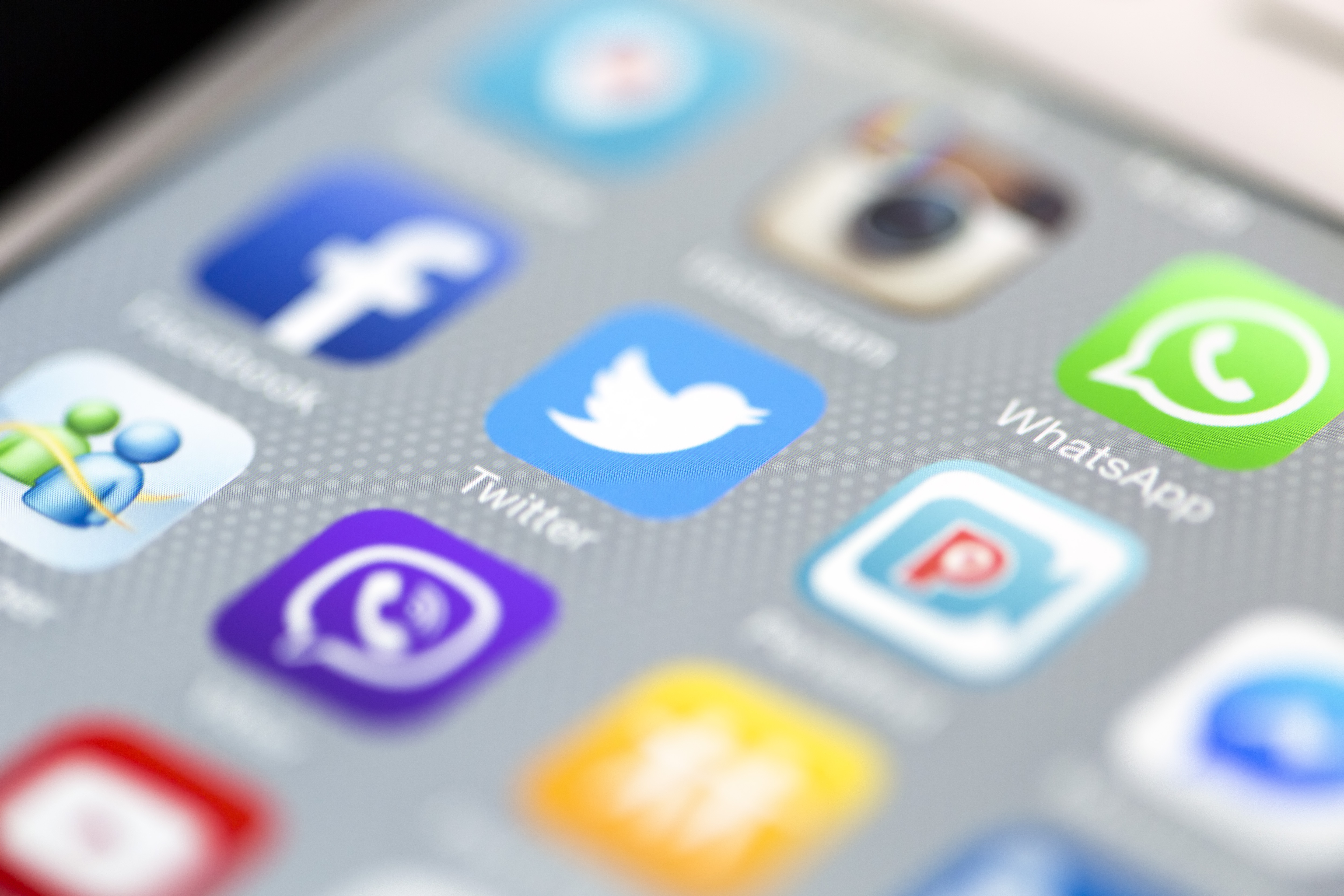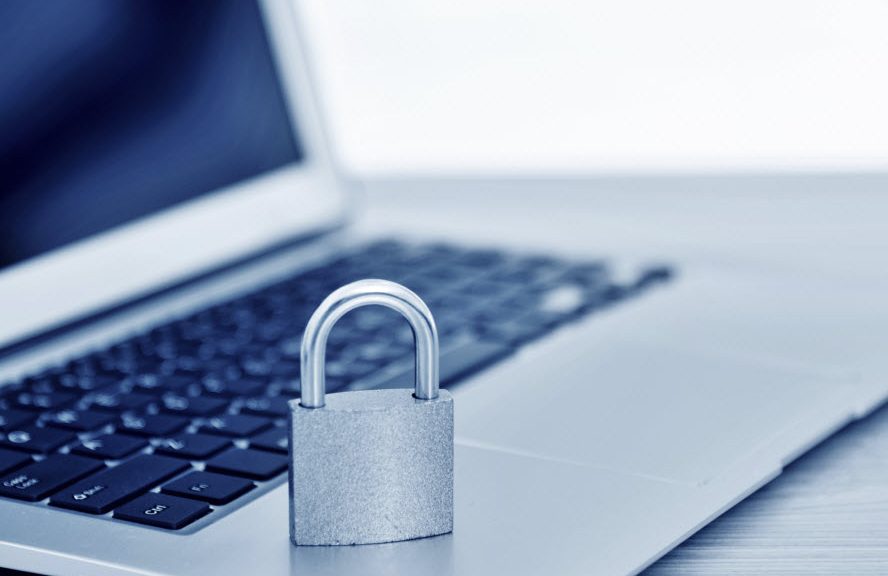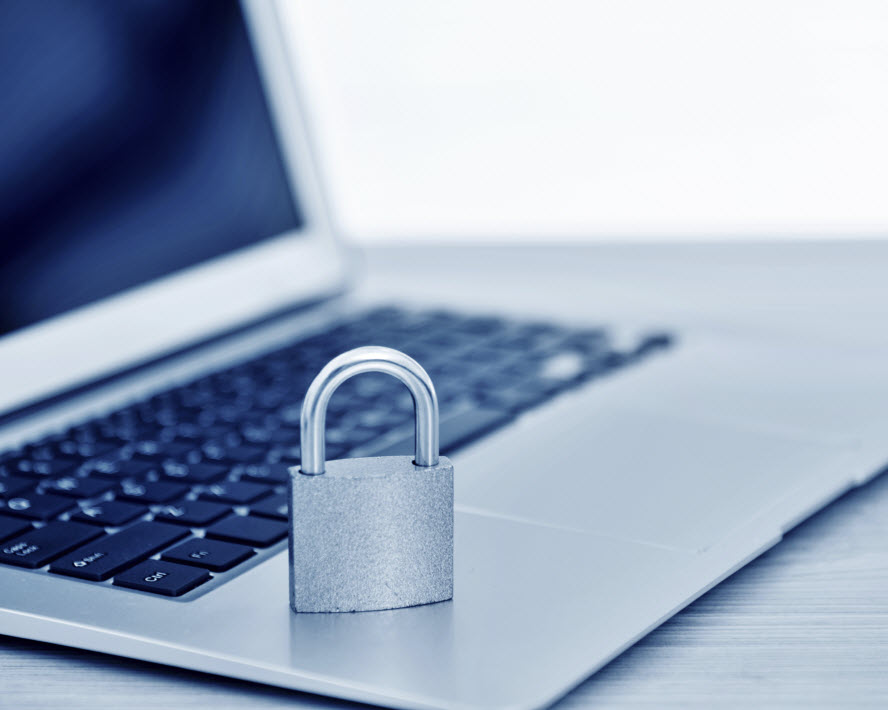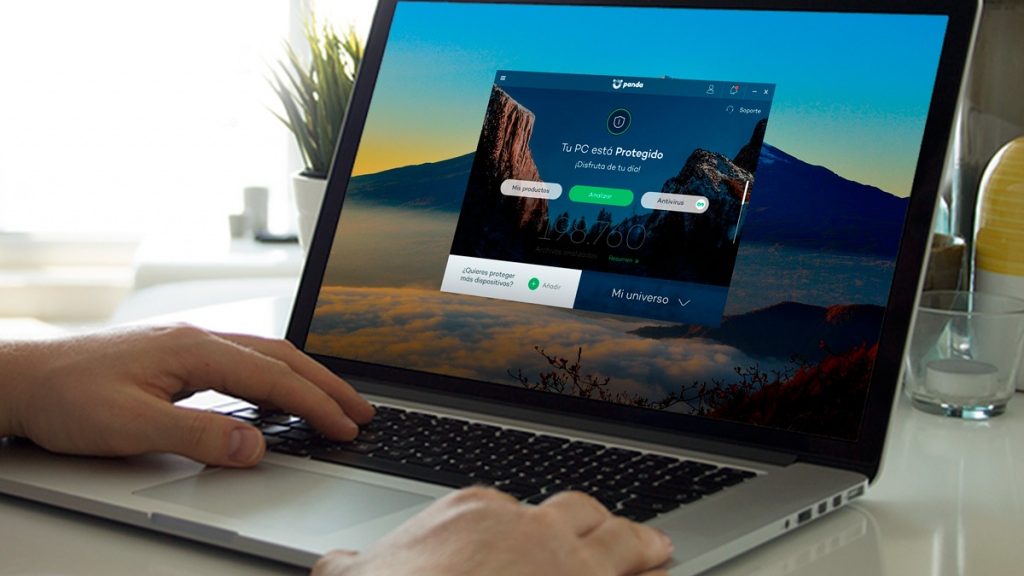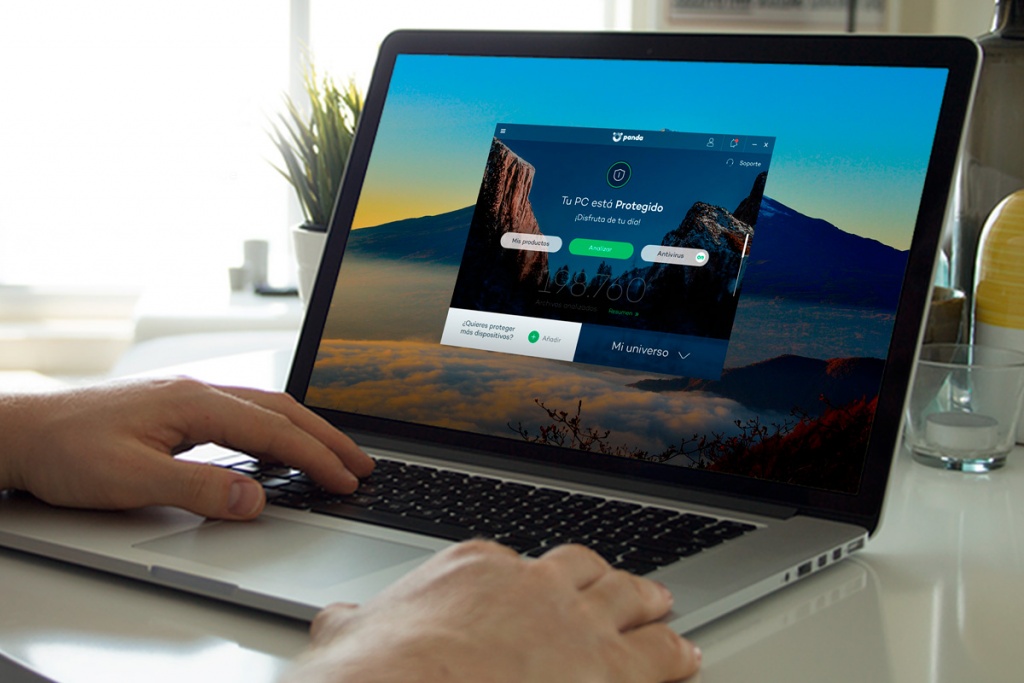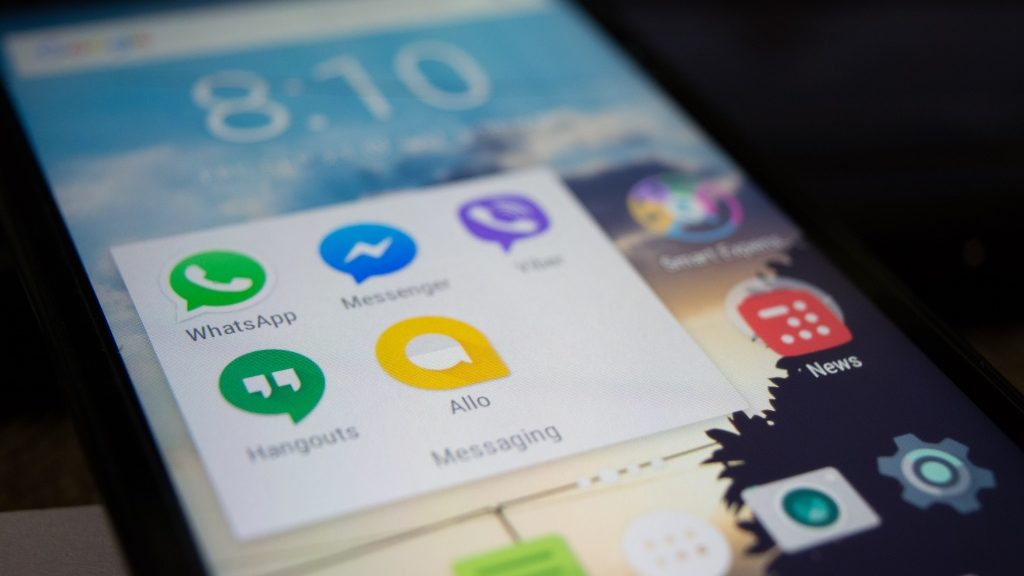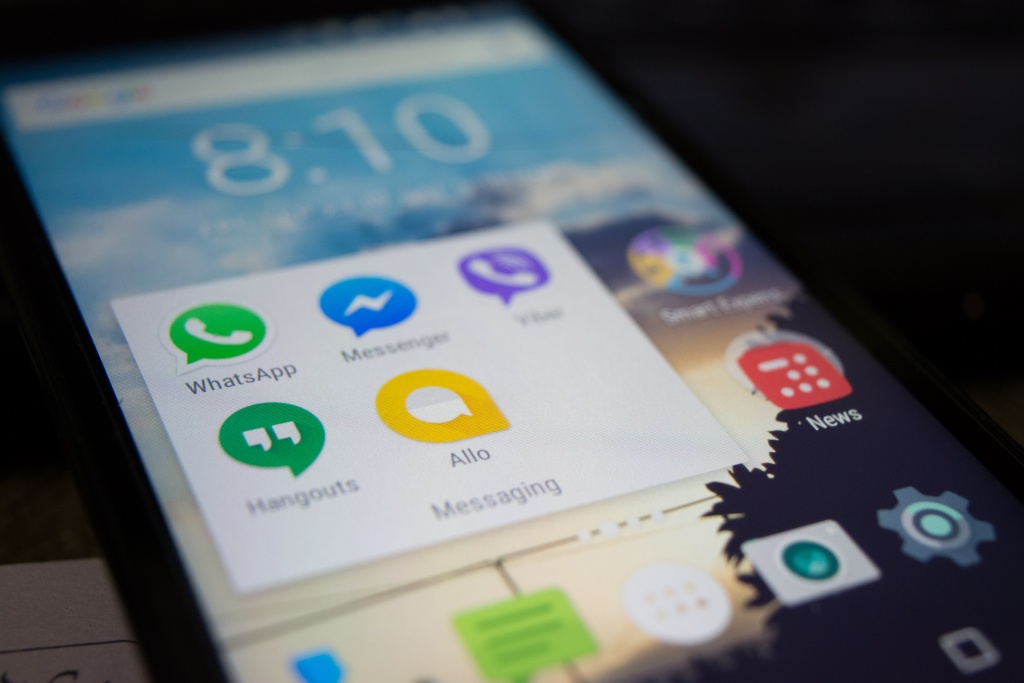Cybercrime isn’t slowing down anytime soon. This quarter, cybercriminals were increasingly more ingenious, using innovative technologies and new tools to spread their wares. According to the PandaLabs report, 18 million new malware samples were captured in this quarter alone, an average of 200,000 each day.
The wave of sophisticated attacks used this quarter confirm that Ransomware attacks and the theft of data (that is sold on the black market) are the most-used tactics this quarter. We also witnessed increasing DDoS attacks, interference with the Internet of Things (such as connect cars), along with a new kind of ransomware attacks that are focused on iOs-based mobile devices.
Ransomware and the Evolution of Cybercrime
According to the National Crime Agency of the United Kingdom, cybercrime currently makes up more than 50% of the crimes committed in the UK.
In addition to the traditional infection techniques via exploits and spam, there are some other extremely effective techniques, specifically directed at businesses. We saw this in September when a group of attackers successfully installed the Crysis ransomware on a French company’s server.
Cybercriminals struck gold when they started compromising game sites. Millions of people have been victims of these kinds of attacks including users of the pornographic website Brazzers, who suffered a security breach where 800,000 users’ data was stolen.
PunkeyPOS and PosCardStealer have become the biggest nightmare for Point of Sale terminals in establishments, mainly in the United States, and compromised client credit and debit card data.
In August, SWIFT released a statement that revealed that many attacks similar to the Bangladesh one are taking place. They did not include exact amount stolen and number of attacked banks in their statement. What is mentioned, however, is that these financial entities did not have adequate security measures in place.
Lately, the ransomware attacks on iPhones and iPads are increasing. But in contrast to their Windows counterparts, the cybercriminals do not use malware for these attacks. Instead, they use the victim’s AppleID and password (usually obtained through phishing) to ask for a reward from the “Find my IPhone” application.
If you would like to learn more about the biggest data thefts in history (like the recent attacks on Yahoo and Dropbox), stay updated about the latest DDos attacks, learn more about the hackable IoT devices, or stay informed about the cyberwar evolution, please download our quarterly PandaLabs report.
Download PandaLabs Report Q3:
| International Edition | |||
| Russian Edition | |||
The post Cybercrime Reaches New Heights in the Third Quarter appeared first on Panda Security Mediacenter.








